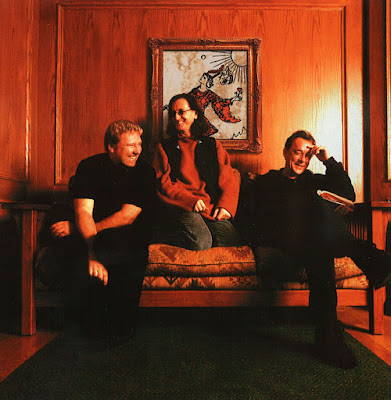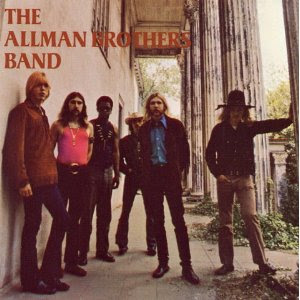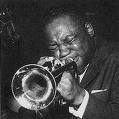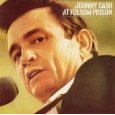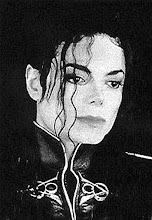Seven Arms for the 7s: Why branding Seattle's NHL expansion franchise “Kraken” is the perfect fit
As Seattle is going through the NHL’s expansion process to become the league’s 32nd team, several names for the franchise are being discussed, with the award from the NHL's Board of Directors official in short time and essentially academic.
First, a little history. A wide berth of names have been contemplated in articles and social media over the last year. Of particular note; a bracket-style poll over the 2017-18 holidays on Twitter played out (in the vein of the final four) to see how 32 potential names would square off with one another. A number of other articles ranking names have been written; one of the more memorable ones with a ranking based on “toughness” in how the subjects might compete in a street fight -- which while amusing and a bit odd -- after consideration actually brought a relevant slant to the discussion.
Out of several names considered, the “Kraken” name always ends up near the top of the rankings, and in a few cases takes the #1 spot.
Why an argument to choose this name for Seattle's NHL team? If you're reading this, you've more than likely bought into the idea.
Fresh, dangerous and not vanilla
The Seattle Kraken as a NHL franchise puts a fresh spin on the concept of a local name. To be fair, several viable names have been thrown around for consideration. Sockeyes are an interesting name referring to local salmon and present a degree of engaging and amusing potential in a hockey context. Metropolitans, Totems, and Thunderbirds relate to past and current hockey teams that either went defunct or echo the region’s minor league heritage. There’s also animal names like Cougars, Eagles, Seals, Sea Lions, Whales or Beavers, which either lack spunk or are already used by other sports teams (and it would be nice if we didn’t open a potential rabbit hole about clubbing baby seals). Emeralds, Evergreens, Firebirds, Rainiers and Renegades are other names in the mix.
Then there’s myths and legends; the most obvious for many being Sasquatch as a myth of sorts, based on a prank taking place in the woods of the Pacific Northwest in the 1970s that's arguably been a bit overexposed. It served as the mascot of the NBA SuperSonics (which we’re anticipating to return to Seattle at some point). However Kraken, a sea creature also founded in myth, presents a new and fresh spin. It doesn’t bring with it a worn out or “recycled” feel -- it throws a shape into the mix that's contemporary, unique, dangerous and outside the box -- and has never been used for another sports team to my knowledge, professional nor collegiate.
Then there’s myths and legends; the most obvious for many being Sasquatch as a myth of sorts, based on a prank taking place in the woods of the Pacific Northwest in the 1970s that's arguably been a bit overexposed. It served as the mascot of the NBA SuperSonics (which we’re anticipating to return to Seattle at some point). However Kraken, a sea creature also founded in myth, presents a new and fresh spin. It doesn’t bring with it a worn out or “recycled” feel -- it throws a shape into the mix that's contemporary, unique, dangerous and outside the box -- and has never been used for another sports team to my knowledge, professional nor collegiate.
In addition, the singular versus plural aspect provides added interest and gives it a phonetic punch -- and while it doesn’t roll off the tongue like the name “Seahawks” following “Seattle,” the fact that it has the opposite effect -- sharp, jagged and obscure -- only adds to its appeal and brings its imagery to life. Simply put, the Kraken name is anything but vanilla and a fun departure from the normal, expected outcome one might typically imagine in naming a team.
Inhabiting new territory
Moreover, the Kraken name carves out fresh territory and does not overlap any concept represented by current Seattle teams. The Mariners name echoes the city’s maritime culture and its discovery when settlers arrived by ship. A nod to a primary regional industry and the enduring, diverse economic culture is represented with the SuperSonics name. The Seahawks cover the territory inhabited by predatory birds and Native American myth (I’ve heard varying stories on what a “Seahawk” actually is), and the Sounders MLS and Storm WNBA team names are rather obvious and inhabit their own territory. When added to the mix of Seattle team names, the Kraken carves out a new identity all its own -- a sea creature founded in Nordic myth -- also representing a nod to the region’s Scandinavian immigrants and heritage.
Regional Nordic heritage
The myth of the Kraken finds its origins in Nordic lore dating back as far as the 13th Century through the Old Norwegian history work Konungs skuggsja and the Old Icelandic saga Orvar-Oddr. These stories and many others describe in graphic detail the encounters of sailors with the large sea monster in the north Atlantic. The Kraken has been the center of tales through various works of literature such as Moby Dick and Twenty Thousand Leagues Under the Sea, and spans the times into contemporary storytelling through written works of fiction and movies such as Pirates of the Caribbean.
Like other immigrant groups, Scandinavian settlers in the Puget Sound region brought with them lore from their homeland. It would be refreshing to pay tribute to that regional immigrant heritage, much in the same way Minnesota did in naming its NFL football team the Vikings. Yes, there are immigrants in the Puget Sound region who are not Scandinavian, however in my opinion a tip of the hat to one group is a tip to all of them.
Tapping into primal fears
Another aspect of myth is how it taps into the human psyche, and the Kraken fits this role perfectly. When boating or swimming in the open and deep water, who hasn’t felt vulnerable wondering what's lurking below? The Kraken represents the physical manifestation of the sum of all fears about the open water. Even when you perceive relative safety on an oceangoing vessel, you really can’t be sure -- a sea monster can still attack, sink your ship, and devour the passengers after tossing them around to a violent demise -- and there’s nowhere to escape and absolutely nothing you can do about it. Have you seen the way an octopus devours a crab? Then imagine what the Kraken can do. Oh, and it has large, scary eyeballs that watch on as it wreaks havoc and does its stuff. It’s easy for one to get involved in their thinking -- in particular a visiting opponent. A mythical creature brings with it more fear to the human psyche than one we know exists and represents something real.
Unlimited marketing potential
The Kraken name, with its myth and imagery, gives the marketing arm (pun intended) for the team quite a bit to work with. Between creative logos and branding, the possibilities seem endless. Imagine the sound & light show that can take place before the team emerges onto the ice; Jules Verne-type storytelling with Hieronymus Bosch-like scenes of the Kraken attacking sailors throughout the ages, all set to an effective soundtrack. Now all opposing hockey players are next! Heck, with each arm the thing could take on the entire team at once -- flail opponents around to and fro in horrific fashion.
Some of it has potential for over-the-top animated violence that may scare the kids, but with that hopefully comes something better -- presenting a real, creepy and nearly tangible element of fear and intimidation for the visiting team. To what affect do the Canucks and other NHL teams accomplish this on their home turf? Speaking the Kraken name alone reeks of fear and intimidation.
Also, a personal thought to consider. When the team begins play and hoits Gretsky’s #99 to the rafters (since it's retired throughout the sport), I don’t believe it’s outside the realm of reason to hoist a #7 for the fans for their incredible support stemming from the March 2018 ticket drive. The #7 not only represents the fans as the seventh player (after the six on the ice), but also represents the seven arms of the Kraken (according to legend it carries seven arms, opposed to eight on an octopus). So rock on 7s!
Why all the fuss? What’s really in a name?
The short answer: EVERYTHING. Everything is in a name. It helps to establish the identity not just for a team, but also adds to the fabric of the city’s identity. It’s up to us to put the effort and deliberation into considering what name we land on, because the idea is to stick with it indefinitely. Hopefully OVG is listening (which I believe they are) and following this interesting and exciting naming endeavor, and will glean feedback from these ongoing discussions as the Seattle NHL expansion team efforts roll along and continue to build momentum....along with a rebuilt, world-class arena at Seattle Center.
I've laid my arguments at your feet here (ad nauseum, my apologies) as I appreciate your attention and thought to this. This merely adds to the opinions of other bloggers, reporters and Tweeps in this exciting ongoing discussion. If the Kraken represents for you when you consider Seattle's new NHL team, join the growing momentum in "releasing it" and helping to make it official as the naming decision arrives. It's not far off!





